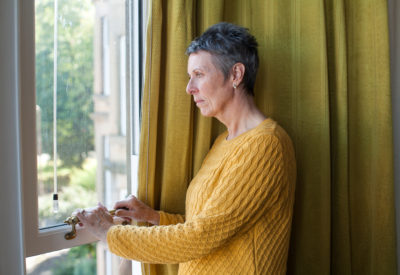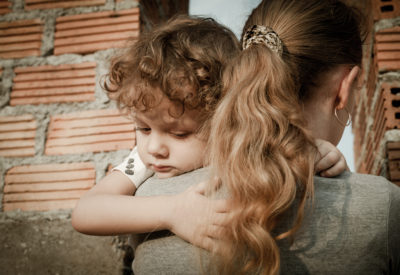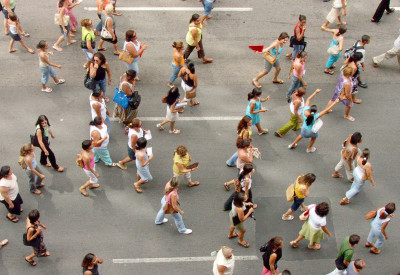What is domestic abuse?
We define domestic abuse as an incident or pattern of incidents of controlling, coercive, threatening, degrading and violent behaviour, including sexual violence, in the majority of cases by a partner or ex-partner, but also by a family member or carer. It is very common. In the vast majority of cases it is experienced by women and is perpetrated by men.
Domestic abuse can include, but is not limited to, the following:
- Coercive control (a pattern of intimidation, degradation, isolation and control with the use or threat of physical or sexual violence)
- Psychological and/or emotional abuse [2].
- Physical or sexual abuse.
- Financial or economic abuse.
- Harassment and stalking.
- Online or digital abuse.
Explore some of the common questions about domestic abuse below.
Gender and domestic abuse
Domestic abuse is a gendered crime which is deeply rooted in the societal inequality between men and women. It is a form of gender-based violence, violence “directed against a woman because she is a women or that affects disproportionately.” (CEDAW, 1992).
Women are more likely than men to experience multiple incidents of abuse, different types of domestic abuse (intimate partner violence, sexual assault and stalking) and in particular sexual violence. Any woman can experience domestic abuse regardless of race, ethnic or religious group, sexuality, class, or disability, but some women who experience other forms of oppression and discrimination may face further barriers to disclosing abuse and finding help.
Domestic abuse exists as part of violence against women and girls; which also includes different forms of family violence such as forced marriage, female genital mutilation and so called “honour crimes” that are perpetrated primarily by family members, often with multiple perpetrators.
Perceptions of abuse
The Crime Survey for England and Wales found that (in the year ending March 2017) the majority of adults responding to the survey thought it was always unacceptable to hit or slap a partner. However some respondents thought it was always, mostly or sometimes acceptable to hit or slap a partner in response to:
- Having an affair or cheating on them (7.1%).
- Flirting with other people (2.0%)..
- Constantly nagging or moaning (1.5%). (ONS, 2018)
There are lots of myths around domestic abuse and its causes. Victim-blaming is common and women are frequently discouraged from coming forward for fear of being blamed for the abuse. We are working to challenge some of the most widely held misconceptions.
Recognising abuse and getting help
References
Committee on the Elimination of Discrimination against Women (CEDAW, UN Women) (1992) General recommendations made by the Committee on the Elimination of Discrimination against Women. Published online: UN Women
Office for National Statistics (ONS). (2018) Domestic abuse: findings from the Crime Survey for England and Wales: year ending March 2017. Published online: ONS






